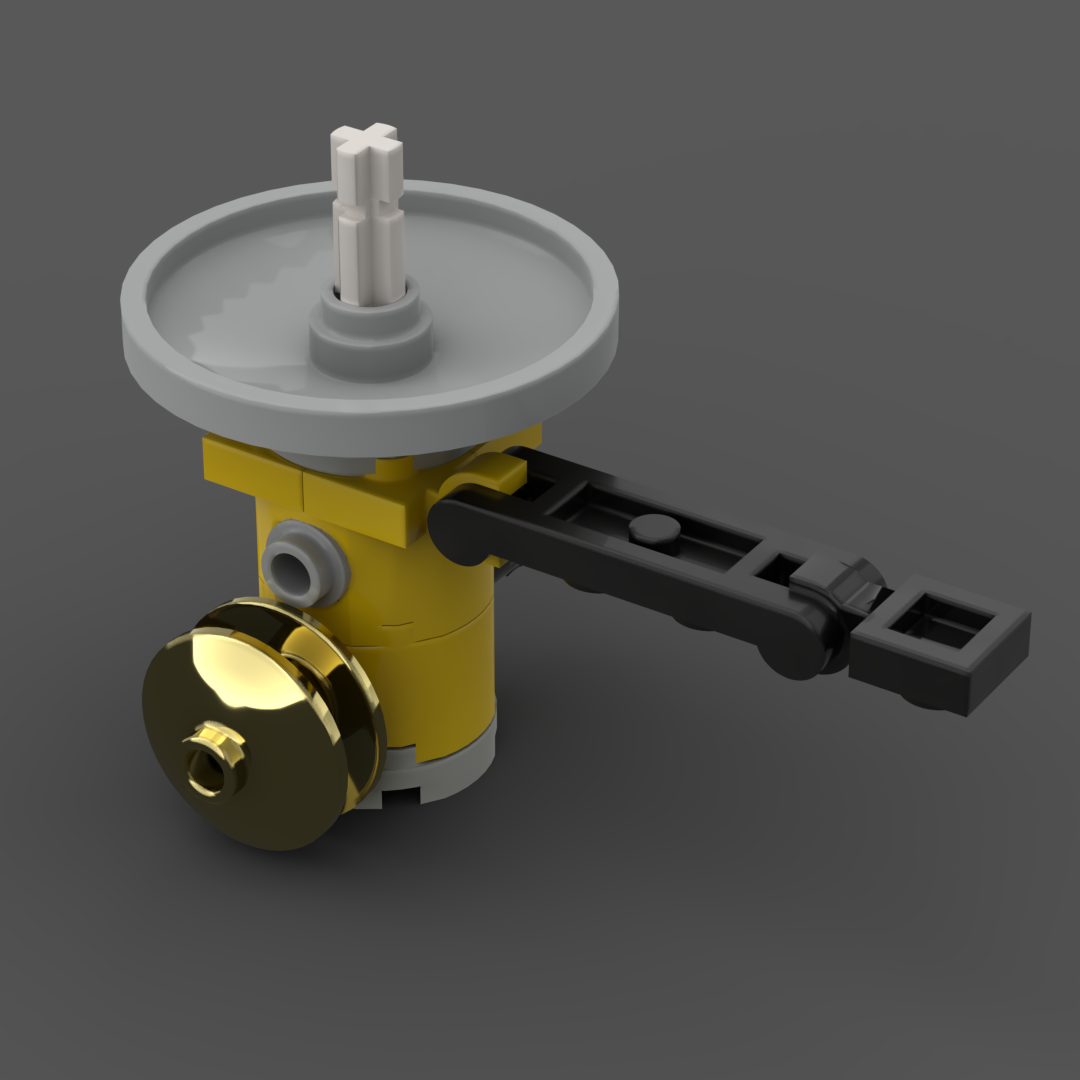
LEGO Designer:
David Welling (Luxordeathbed)
Designed:
November 2017
Categories:
Payloads, All, Outer Planets, Space Agency - ESA, Space Agency - NASA
Launch Vehicle Details
Stages:
Length:
Diameter:
Mass at Launch:
Low Earth Orbit Capacity:
Total Thrust:
Apogee:
Class:
The Cassini–Huygens space-research mission, commonly called Cassini, involved a collaboration between NASA, the European Space Agency (ESA), and the Italian Space Agency (ASI) to send a probe to study the planet Saturn and its system, including its rings and natural satellites. The Flagship-class robotic spacecraft comprised both NASA’s Cassini probe and ESA’s Huygens lander, which landed on Saturn’s largest moon, Titan. Cassini was the fourth space probe to visit Saturn and the first to enter its orbit. The two craft took their names from the astronomers Giovanni Cassini and Christiaan Huygens.
Launched aboard a Titan IVB/Centaur on October 15, 1997, Cassini was active in space for nearly 20 years, with 13 years spent orbiting Saturn and studying the planet and its system after entering orbit on July 1, 2004. The voyage to Saturn included flybys of Venus (April 1998 and July 1999), Earth (August 1999), the asteroid 2685 Masursky, and Jupiter (December 2000). The mission ended on September 15, 2017, when Cassini’s trajectory took it into Saturn’s upper atmosphere and it burned up in order to prevent any risk of contaminating Saturn’s moons, which might have offered habitable environments to stowaway terrestrial microbes on the spacecraft. The mission is widely perceived to have been successful beyond expectations. NASA’s Planetary Science Division Director, Jim Green, described Cassini-Huygens as a “mission of firsts”, that has revolutionised human understanding of the Saturn system, including its moons and rings, and our understanding of where life might be found in the Solar System.
Cassini’s planners originally scheduled a mission of four years, from June 2004 to May 2008. The mission was extended for another two years until September 2010, branded the Cassini Equinox Mission. The mission was extended a second and final time with the Cassini Solstice Mission, lasting another seven years until September 15, 2017, on which date Cassini was de-orbited to burn up in Saturn’s upper atmosphere.
The Huygens module traveled with Cassini until its separation from the probe on December 25, 2004; it landed by parachute on Titan on January 14, 2005. It returned data to Earth for around 90 minutes, using the orbiter as a relay. This was the first landing ever accomplished in the outer Solar System and the first landing on a moon other than Earth’s Moon.
At the end of its mission, the Cassini spacecraft executed its “Grand Finale”: a number of risky passes through the gaps between Saturn and Saturn’s inner rings. This phase aimed to maximize Cassini’s scientific outcome before the spacecraft was disposed. The atmospheric entry of Cassini ended the mission, but analyses of the returned data will continue for many years.
Downloads
Part count: 17 bricks, 18 lots.
| Unit | width | length | height |
|---|---|---|---|
| Studs | 8.0 | 4.4 | 5.7 |
| Inches | 2.5 | 1.4 | 1.8 |
| Centimetres | 6.4 | 3.6 | 4.6 |
No external URL provided.
Launch History information from space.skyrocket.de
Launch History information from space.skyrocket.de
Related Posts
None found

